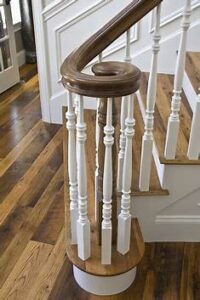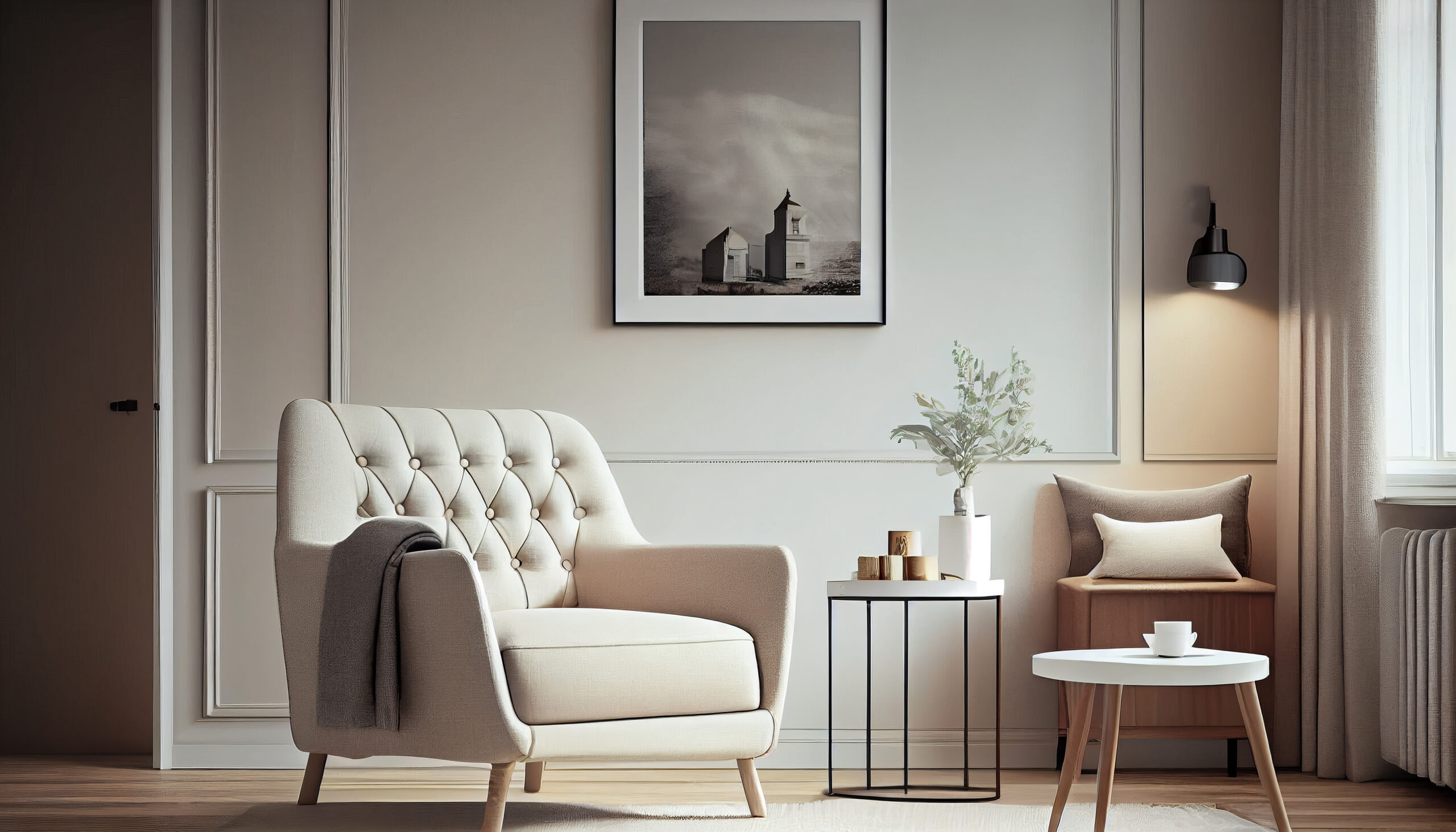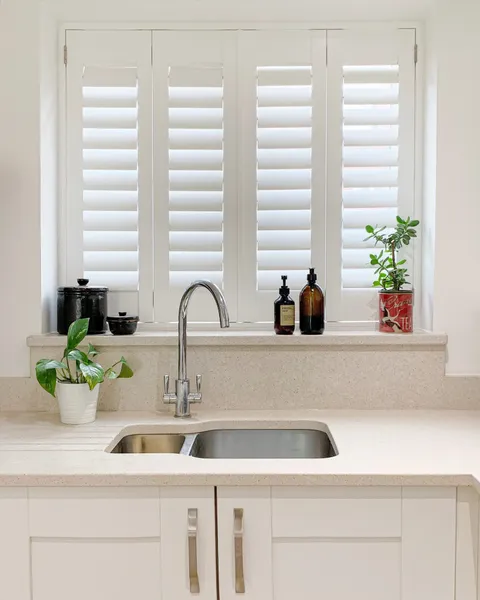Banisters and handrails are essential elements of interior design that serve both functional and aesthetic purposes. These architectural features not only provide safety and support but also contribute significantly to the overall style and ambiance of a space. In this article, we delve into the rich history, diverse styles, materials, and maintenance tips for banisters and handrails, offering insights to elevate your interior design game.
A Brief History
The origins of banisters and handrails can be traced back to ancient civilizations, where they were primarily utilized for safety and architectural ornamentation. In ancient Greece and Rome, marble and stone handrails adorned grand staircases, showcasing intricate carvings and elaborate designs. As architectural styles evolved, so did the materials and techniques used to craft banisters and handrails, leading to the introduction of wood, metal, and glass elements in later periods.
Styles and Types of Banisters

Traditional Banisters: Characterized by ornate details and curved shapes, traditional banisters often feature intricate carvings and decorative motifs.

Modern Banisters: Clean lines, minimalistic designs, and sleek finishes define modern banisters, reflecting contemporary design sensibilities.

Victorian Banisters: Inspired by the Victorian era, these banisters boast intricate scrollwork, floral patterns, and rich wood finishes, adding a touch of old-world charm to interiors.

Craftsman Banisters: Rooted in the Arts and Crafts movement, Craftsman banisters emphasize simplicity, craftsmanship, and natural materials such as wood and wrought iron.

Art Deco Banisters: Characterized by geometric shapes, bold lines, and luxurious materials like brass and chrome, Art Deco banisters exude glamour and sophistication.

Industrial Banisters: Featuring raw materials such as steel, iron, and reclaimed wood, industrial banisters embody rugged elegance and urban chic.

Contemporary Banisters: Blending elements of various styles, contemporary banisters showcase innovative designs, unconventional materials, and unique forms, offering a fresh take on traditional railing systems.

Glass Banisters: Sleek and transparent, glass banisters create a sense of openness and visual continuity, making them ideal for modern and minimalist interiors.

Floating Banisters: Minimalist and visually striking, floating banisters appear to defy gravity, adding a sense of drama and sophistication to staircases.

Curved Banisters: Fluid and elegant, curved banisters follow the natural contours of staircases, creating a sense of movement and grace in interior spaces.
Types of Banisters

Baluster Railings: Consisting of vertical posts or spindles connected by a top rail, baluster railings are a classic choice for both traditional and contemporary interiors.

Handrail Systems: Designed to provide support and stability, handrail systems come in various styles and materials, offering safety without compromising on aesthetics.

Guard Railings: Primarily used for safety purposes, guard railings feature taller posts and vertical slats to prevent falls and accidents on staircases and balconies.

Wall-mounted Handrails: Ideal for narrow staircases or spaces with limited room, wall-mounted handrails are attached directly to the wall, providing support without obstructing pathways.

Continuous Handrails: Seamless and uninterrupted, continuous handrails run along the entire length of a staircase, offering a sleek and cohesive look to interior spaces.
Open Balustrades: Creating a sense of openness and transparency, open balustrades feature minimalistic designs and spaced-out balusters, allowing for maximum light penetration and visibility.
Closed Balustrades: Offering added privacy and security, closed balustrades feature solid panels or infill materials between balusters, creating a more enclosed and intimate space.

Cable Railings: Modern and versatile, cable railings utilize stainless steel cables tensioned between posts, providing a sleek and contemporary alternative to traditional baluster systems.

Wrought Iron Railings: Known for their durability and intricate designs, wrought iron railings add a touch of elegance and sophistication to both indoor and outdoor spaces.

Spiral Staircase Railings: Compact and space-saving, spiral staircase railings feature a helical design, making them ideal for small apartments, lofts, or unconventional floor plans.
Materials for Banisters
Wood: Classic, warm, and versatile, wood is a popular choice for banisters, offering a wide range of finishes and species to complement any interior style.
Metal: Durable and contemporary, metal banisters come in various options such as steel, aluminum, and brass, providing strength and visual impact to staircases.
Glass: Sleek and modern, glass banisters create an illusion of space and light, making them perfect for contemporary interiors and open floor plans.
Wrought Iron: Timeless and ornate, wrought iron banisters showcase intricate designs and craftsmanship, adding a touch of Old-World charm to interior spaces.
Perspex (Acrylic): Offering a modern alternative to glass, Perspex banisters (made from acrylic) provide transparency, durability, and versatility while adding a contemporary flair to interior design. With its lightweight nature and ability to be moulded into various shapes, Perspex banisters are suitable for both residential and commercial spaces.
Maintenance Do’s and Don’ts
Do:
- Regularly clean banisters and handrails with a mild soap solution and soft cloth to remove dust, dirt, and fingerprints.
- Inspect banisters for any signs of wear, damage, or loose components, and address any issues promptly to ensure safety.
- Apply a protective finish or sealant to wooden banisters to prevent warping, cracking, or discoloration over time.
- Lubricate moving parts of handrail systems, such as hinges and brackets, to ensure smooth operation and longevity.
Don’t:
- Use harsh chemicals or abrasive cleaners on banisters, as they can damage the finish and surface of the railing materials.
- Neglect regular maintenance and inspection of banisters, as this can compromise their structural integrity and safety.
- Allow moisture or humidity to accumulate around wooden banisters, as this can lead to mould growth, rot, and decay.
- Overlook loose or wobbly handrails, as they pose a significant safety hazard and should be repaired or replaced immediately.
By understanding the rich history, diverse styles, materials, and maintenance considerations of banisters and handrails, you can make informed decisions to enhance the safety, functionality, and aesthetic appeal of your interior spaces. Whether you prefer the timeless elegance of traditional wood balusters or the sleek sophistication of contemporary glass railings, there’s a banister style to suit every design preference and architectural vision.




